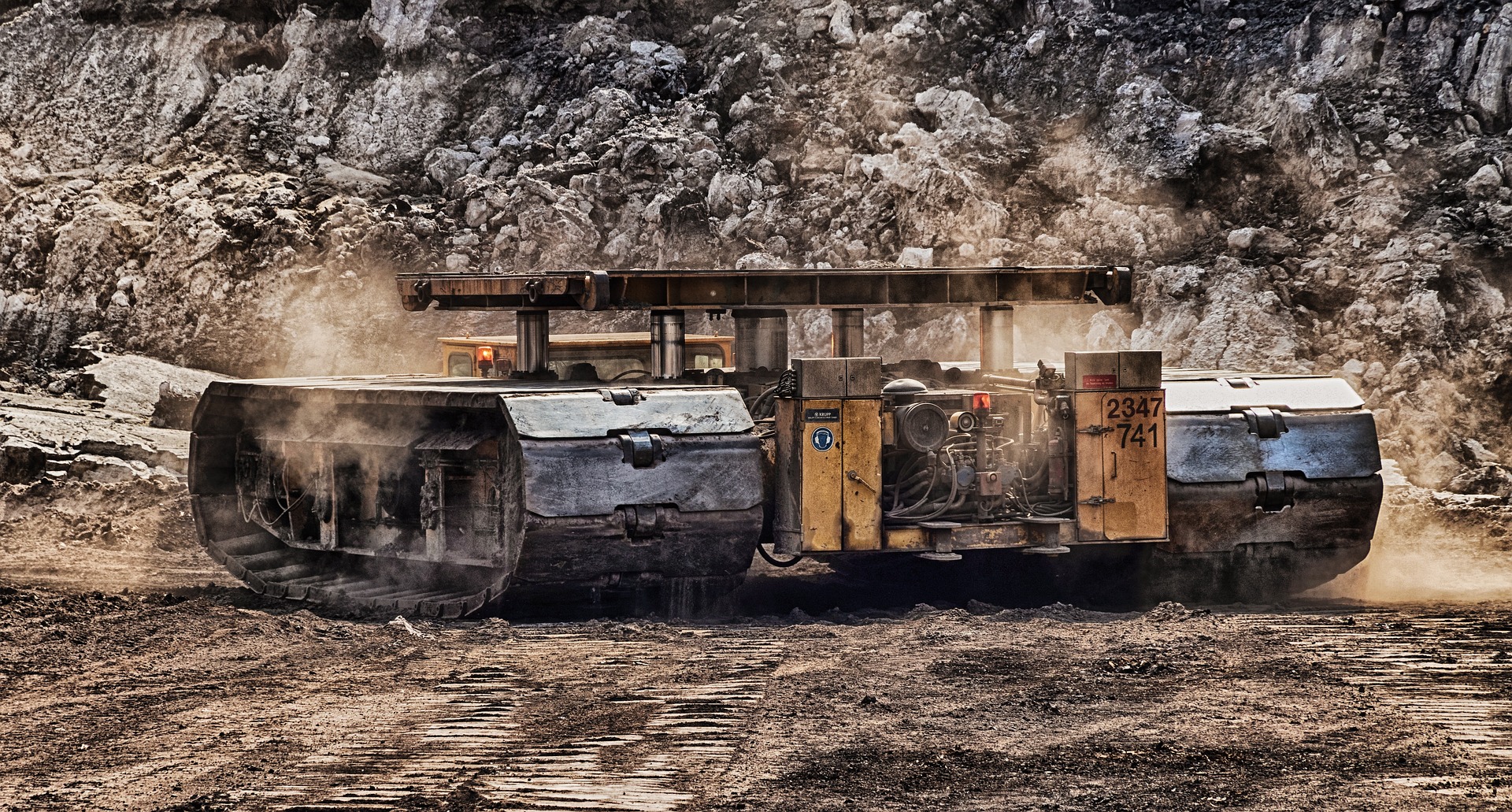
Recent developments in AI and machine learning (ML) technologies are changing daily operations in the mining industry. With the ability to analyze large amounts of data and provide recommendations in real-time, AI is driving change in the mining industry by improving exploration, reducing waste and improving efficiency with automation, minimizing environmental impacts, and improving the safety of workers.
Similar to how AI is boosting exploration in oil and gas, the mining industry is using AI to improve identification and characterization of ore deposits. Traditionally, exploration has been a time-consuming and costly process, relying heavily on manual labor and unreliable data. Companies like KoBold Metals are using AI and ML to more accurately and quickly process geological data and satellite imagery to identify mineral deposits with higher precision. This precision will be necessary as easy-to-find deposits are depleted and new deposits will be found deeper underground, including areas below other geological structures. As these deposits become more complex, so must the approaches to mining them. AI solves this too by recommending optimal drilling strategies for efficient recovery.
AI can do more to increase mining efficiency than just recommending areas to drill though. Computer vision and other sensors backed with AI processing will be essential to reducing waste and improving efficiency in mining processes. At the mine face, sensors attached to shovels can identify detailed ore characteristics in real-time and use the data to reduce ore losses and waste dilution. While downstream, sensors can analyze ore compositions to improve recovery, and cameras with computer vision can identify conveyer belt tears and spills reducing waste and speed up repairs, reducing downtime.
While the mining industry was already transitioning toward automation and digitalization, this has been accelerated by developments in AI. Self-driving trucks and trains are becoming more common, but the potential for automation in mining does not end there. For example, robotics company OffWorld has developed AI-powered robots for surveying and for excavating, collecting, and hauling ores. Shifting to fully autonomous mining equipment could mean increased productivity and reduced costs for mining companies.

Figure 1. Examples of companies providing AI solutions for industrials
Sustainability is a growing topic for all industries, and the mining industry is no exception as it faces pressure to promote responsible resource extraction. AI does this by optimizing operations and reducing waste, but AI can also help prevent environmental incidents and mitigate effects on surrounding ecosystems. Predictive maintenance driven by AI and ML allow mining companies to reduce equipment failures and prevent costly accidents before they happen. Furthermore, AI-powered computer vision can be used to monitor tailings and notify operators of uneven accumulations that could lead to dam failure.
Finally, AI is proving to be a valuable tool for improving the safety of mine workers, similar to how it’s improving the safety of workers in the chemical industry. AI-supported smart sensors are capable of identifying when changes in temperature or vibrations in a mine could lead to safety issues. This means that workers can be notified and evacuated before disaster strikes. Wearables, like SmartCap, can monitor the fatigue of operators and provide warnings when impaired alertness could result in serious injuries or fatalities. In conjunction, these technologies can greatly improve the safety of mine workers with active monitoring and AI-powered data processing.
This discussion on how the mining industry is using AI to improve exploration and worker safety while reducing waste and environmental impacts closes out ADI’s series on how developments in AI technologies are impacting industries. In case you missed any of the previous blogs covering global economic growth driven by AI; AI in the oil and gas industry; how AI is accelerating development in chemicals; how utilities are using AI to build a smarter grid; or how AI is reshaping industrial manufacturing.
-Piercen Hoekstra
ADI Analytics is a prestigious, boutique consulting firm specializing in oil & gas, energy transition, and chemicals since 2009. We bring deep, first-rate expertise in a broad range of markets including oil & gas, chemicals, and utilities, where we support Fortune 500, mid-sized and early-stage companies, and investors with consulting services, research reports, and data and analytics, with the goal of delivering actionable outcomes to help our clients achieve tangible results.
We also host the ADI Forum, one of Houston’s distinguished industry conferences, to bring c-suite executives from oil & gas, energy transition, and chemicals together for meaningful dialogue and strategic insights across the value chains.
Subscribe to our newsletter or contact us to learn more.



















